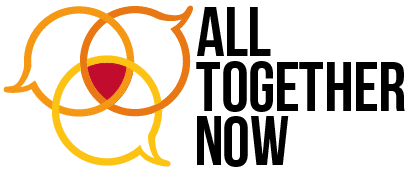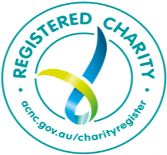Taking Personal Responsibility for your own Racism
Everyone has the capacity to be racist, and unfortunately, sometimes we don’t realise that our behaviour is racist. Given the choice between reinforcing or disrupting racism, most of us would choose the latter. Read on to learn how to recognise and potentially change some common, covert, acts of bigotry.
Aversive Racism
Remember the news reports of those four Somalian high school boys who went to an Apple store, were stalked by the manager, searched and accused of ill intent and, finally, were escorted from the store?
If not click here.
What do think was going through the manager’s mind when he “reacted” to their presence in the store?
It was probably; I’m not racist but…
Have you ever crossed the street, intentionally ignored or avoided eye contact with someone because of his or her skin colour or clothing? Do you realise that you’re doing it for those reasons?
While you read this, think of those screens that threaten to fly up at the bank if you lean in too far. This is what aversion activates – the screen flies up! When we allow the screens to activate, we create an “Us” and a “Them”, a “Me” and an “Other”. We place a wall between one another.
This is an unconscious form of racism. It is not intentional but that doesn’t make it any less hurtful to the person on the receiving end.
How do we change this?
We use our ability to signal positive or neutral conscious awareness of each other. But how often do we think about this during such interactions?
Our acknowledgment of another person deepens when we engage in eye contact and display positive facial expressions. Aversive Racism, or putting up “screens”, means that this most basic interaction between humans is prevented and with it the possibility of recognition of our shared humanity is gone. Most of the time we don’t think about this, we just react to situations presented to us.
Have you ever driven through certain “ethnic” suburbs and checked if your doors are locked and wound your windows up?
When we encounter certain bodies in everyday circumstances, we always react to them, even at the level of no reaction; ignoring someone.
Certain groups and physical types experience these aversive reactions routinely. These experiences create a range of negative outcomes in the people who absorb our reactions because these experiences shape their existence. They change the way that people see both themselves and others. Then their emotions take over, which has implications for future interactions. These experiences mediate their validity as a human being and their self worth pays the price.
Now just pause for a minute and think about how the boys in the Apple store might have felt…
And that’s just one instance, out of how many? Probably hundreds. Daily!
Eventually oppressed minorities get into a habit of seeing themselves through other people’s eyes.
Now imagine adopting a view about yourself, which is based on other people’s negative opinions.
Oppressed minorities “experience nervousness or avoidance from others, even from those whose discursive consciousness aims to treat them with respect as equals” (Young: 1990:142). In other words, people who have acknowledged that, somewhere along the line, they have developed a racist element within their personality have to work pretty hard to change the behaviour and underlying assumptions on which their prejudice is based.
Do you know why Dick Cheney supports same-sex marriage?
Because his daughter is a lesbian!
Often, all it takes is to know someone. Aversion stops us from getting to know the “Other”. Aversion creates the “Other”.
What are some ways that we can overcome this?
- Better education.
- Intentionally seeking better experiences.
- Don’t let the negative experiences undermine or erase the positive experiences.
- Stop adopting someone else’s negative views and sentiments. Think for yourself.
- Ask our selves how often have we heard language like “Coons”, “Wogs”, “Darkies”, “Gooks”, “Dago’s”, “Musies” being used around the house and in everyday society. Challenge it!
- Stereotyping (this one is huge and I will devote another article on this one in the near future). Basically, “Stereotyping” shrinks people into a neatly despised package.
Repetitive representations of ethnicities and oppressed minorities shape how we see them in reality. Think of what an asylum seeker looks like. What image first comes to mind? Is it a person in a boat, a person drowning, a person starving?
Most people like to think that they’re above this or smart enough to be able to differentiate between propaganda and reality, but this type of thinking only weakens our defences against propaganda.
It’s not the victim’s responsibility to reform the oppressor.
When we shift the focus back onto ourselves, we make it our personal responsibility to change and by doing so, we can proudly declare; I am racist but… I’m working on it.
Work Cited
Young, M., I., (1990) Justice and the Politics of Difference, Princeton: Princeton University Press


